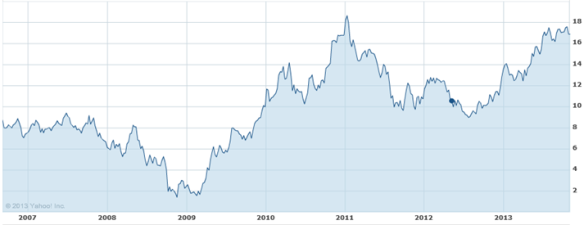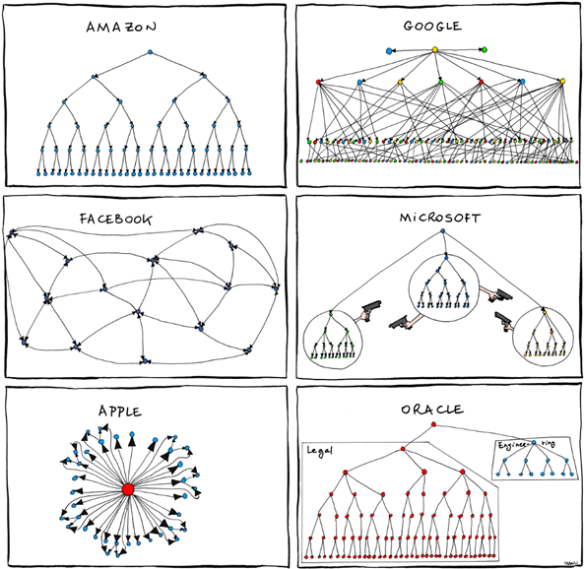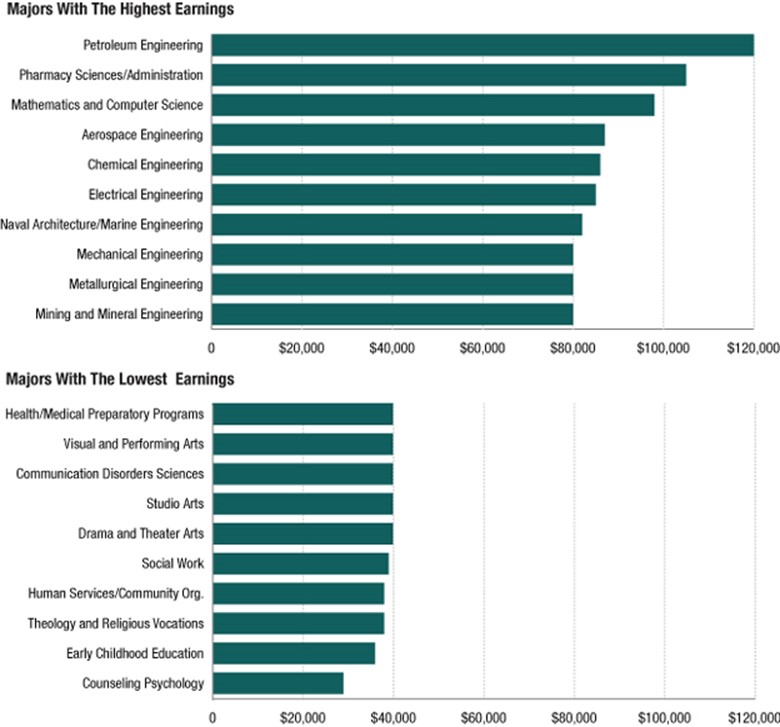I just got back from Philadelphia where I had the pleasure of meeting with first year MBA students at Wharton to discuss internship opportunities at Microsoft. We do an While it was my shortest transcontinental trip to date (on the ground for 25-hours), I was able to chat with a lot of students and was encouraged to see that MBA students’ interest in Microsoft specifically and technology generally has only increased over the last couple of years.
One reason I love going back for recruiting is I always get great questions from students. They’re a great barometer for what about the company is top-of-mind outside of the Redmond bubble. For example, relatively few students asked about the re-org and how it was impacting our work, despite it being a frequent topic of speculation for many of us at the company. But lots of students wanted to talk about our search for a new CEO, and what follows is a longer form explanation of what I told them.
While I think the smart money is on Stephen Elop, I want our next CEO to be Alan Mulally. I don’t have anything against Elop, I just haven’t read an entire book dedicated to his work as I have with Mulally. And after doing so, I think Alan would be perfectly suited to fix three core aspects of Microsoft that I think are broken.


Expertise in Manufacturing
While Mulally may not have spent his career building software, I would argue that manufacturing experience is even more in demand at Microsoft. A former aerospace engineer who has worked on some of the largest, most complex products ever constructed, he can help us become the world class hardware maker we aspire to be. We have a hundred-thousand people that can help him understand what he needs to know about the software business. What we need is someone who can help us prevent another $1 billion write-down from making more Surfaces than the market wanted.
Willing to Kill the Sacred Cows
At Ford, Mulally saw that there were too many brands that were diminishing the power of the Blue Oval. Some of these were legacy brands that had served their purpose in the past but were no longer profitable (Mercury), and others were vanity foreign brands that the Board cherished but were of dubious value to the company (Jaguar, Volvo, Aston Martin). Shutting down or selling these brands were difficult options for dealers and board members to stomach. But this consolidation was crucial to his One Ford strategy of improving the efficiency of marketing, product development, and manufacturing, in which he was eventually successful.
At Microsoft, our sacred cow is on-premises software. We need a leader who’s willing to make the tough decisions to transform us to a services world. Currently we talk a lot about the importance of the cloud, but we’re addicted to the on-premises revenue to make our quarterly numbers. An example of this is how we compensate our field sellers for cloud versus on-premises deals. While the Customer Lifetime Value of cloud services is higher than our on-prem equivalents, we don’t pay our sellers on the CLV; we pay them on the revenue generated for that year. This is an area where Amazon excels. Your Kindle doesn’t cost $79 to make; they’re losing money when they ship that to you. But they’re smart enough to know they’re not getting rich by selling devices, they’re getting rich by selling media those devices help you purchase. Similarly, we need someone who’s willing to have a lower-than-expected quarterly earnings call as we shift to the cloud in order to drive our long term goals, and to instill that ethos in every part of the organization.
Transform a Company’s Approach to Competition.
When Mulally first got to Ford, all of his top executives would be driven home each night in a Jaguar. This disturbed him for three reasons: they were only experiencing the company’s own products, they weren’t even experiencing its core product, and they weren’t even driving themselves! How could they possibly put themselves in the shoes of a customer? What Mulally did to change this culture was to buy a fleet of competitive automobiles, and insist that his top lieutenants drive one home each night and evaluate the experience.
Because Microsoft makes a product in just about every technology market, it’s easy for us to exist completely within our ecosystem both as business users and consumers. And many of us do. While I happen to love my Windows Phone, for example, there are few things that irk me more than when one Microsoft employee chastises another for having an iPhone. Steve Ballmer has said before that he wants all Microsoft employees to be using and evangelizing our products, saying that we are the company’s best salespeople. I completely disagree. First of all, most of us are terrible salespeople. Second, we should be our company’s best competitive research team. It’s alarming to me the number of executives that have never owned an iPhone, had a Gmail address, or used SalesForce.com in a previous job. Where our competitors are ahead, we need to face reality and close the gap. Where we’re ahead, we need to shout it from the mountaintops! But it’s difficult to do either if we don’t live in the same technological world as our customers do.
I’d be remiss not to mention my own general manager is actually a major proponent of experiencing the competition’s products, not just talking-the-talk but also walking around with an iPhone and using an iMac at home. We need more of that. Once in a while we need to run meetings with WebEx, use Evernote for a week, and try prepping for a business review using nothing but Google Docs. Competitive intelligence shouldn’t be a specialized role, as it is today, but a part of every Softie’s job.
This isn’t just a major cultural issue, but a strategic one as well: what is our relationship going to be with our competitors? As we become more vertically integrated (i.e., making our own hardware) are we going to mimic the Apple model and become a more closed platform? How actively are we going to push our services onto our competitors’ devices? (e.g., Office on iPad). Will we continue to “first and best on Windows” mantra? Should our first-party applications (Office, Skype, Yammer, Outlook.com) have a superior experience on our own operating systems as a way of luring consumers into our ecosystem? Or should our services be available on all platforms, leaving our devices to fend for themselves?
My hope is for the latter. I want us to redouble our commitment to develop first-class experiences for our customers by delivering our applications to users regardless of what device they’re on. We should also have a compelling set of devices that excite users, and provide them with a differentiated operating system experience superior to what they can find elsewhere. But too much of the world has migrated away from our products for us to force customers into an all-or-nothing decision. We need to deliver value to our customers where they are, not where we want them to be.
A frequent criticism I hear of Mulally is that he’s too old (68 years old). But I’d argue that the areas where we need help are cultural as much as anything else, and that he was able to have an incredible impact on Ford in 3-5 years. The Mulally era wouldn’t need to last for 10-15 years, but could set us up for success for decades to come.


Either way, I can’t wait to find out who the next CEO will be and the strategic direction in which they will take the company. Who’s your candidate of choice? What are the most important issues you think they need to tackle?





